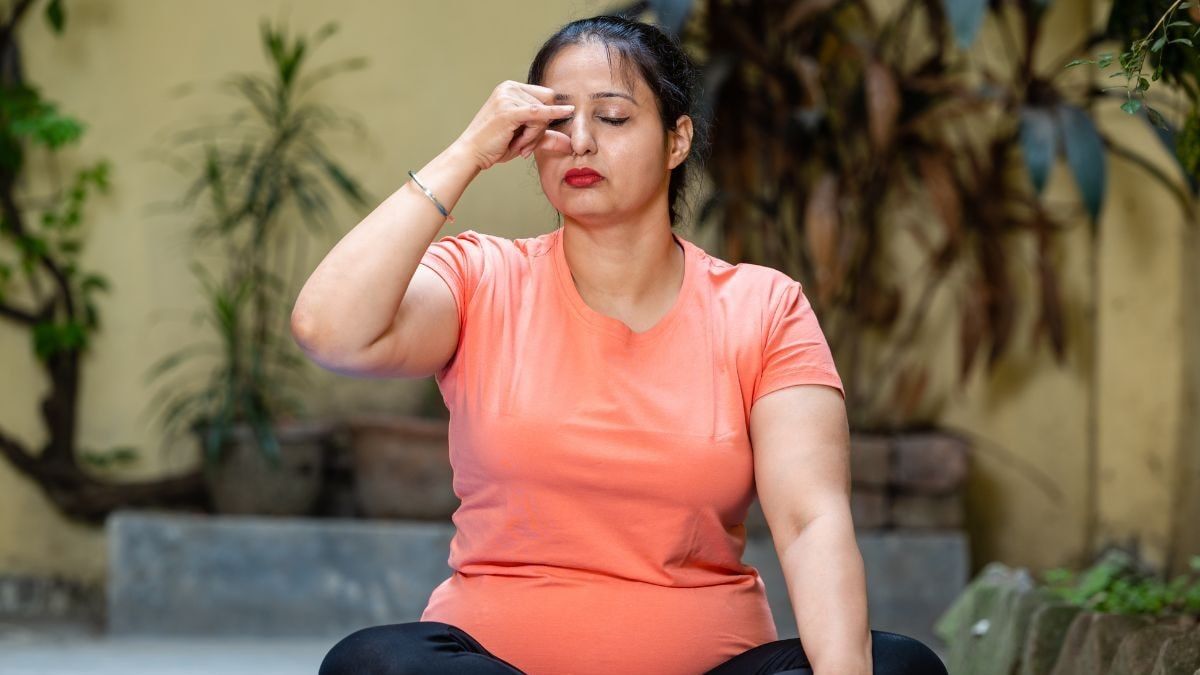With the monsoons comes relief from falling temperatures, but also the stress of rising infections and inflammation. As governments and municipalities step up efforts to combat the Aedes Aegypti mosquito, how can we protect ourselves as individuals? One part is taking care of external factors, such as cleanliness and hygiene in the neighbourhood. The other is building immunity.
A scientific article places the primary responsibility for fighting the infection on the host organism. “The immune system is the body’s main defense against the dengue virus,” it states. Much has been said about how a healthy diet, getting enough sleep, avoiding tobacco and alcohol, maintaining hygiene in the kitchen and environment, and exercising help strengthen the immune system.
Here we offer a brief breathing exercise plan recommended by leading yoga gurus to develop immunity against dengue and other viruses, bacteria, fungi and parasites.
A SMALL PRANAYAMA MODULE: CONDITIONING, CLEANING, BALANCE, BHRAMARI
Step 1 – One minute of conditioning
(It facilitates the mind for practice, literally 'conditions')
Sit comfortably, with your back straight, shoulders relaxed and eyes closed.
Bring your attention to yourself: observe the body and the breath at the tip of the nose.
Pro tip: Make sure your body is relaxed and your mind is looking inward before continuing.
Step 2: Three rounds of Kapalabhati Kriya
(Clears the nasal passages and sinuses, stimulates the brain and the entire abdominal area)
Contract your abdomen to generate short, forceful exhalations; passive inhalations will occur automatically, without effort. Stop after 30 strokes in the first round.
In rounds 2 and 3, increase the number of strokes to 40 and 45 respectively. Remember not to exceed your capacity. Stop after 3 rounds. Take a break between rounds.
Pro tip: People with heart disease and eye problems can avoid this and do five rounds of abdominal breathing instead.
Step 3: Five rounds of Nadi-Shuddhi Pranayama or Alternate Nostril Breathing
(Cleans blocked energy channels, brings balance)
Adopt 'Nasika Mudra' with the right hand (index and middle fingers are bent to touch the palm; thumb, ring and little fingers remain on top).
Block your right nostril with your thumb and exhale completely through the left.
Inhale deeply through the left nostril, then block the left nostril with your little finger and exhale through the right nostril.
Next, inhale through the right nostril, block it immediately, and exhale through the left nostril.
This completes one round of Nadi-Shuddhi pranayama. Do five rounds.
Pro tip: Observe the air as it enters the nostrils, throat, trachea, bronchi, and lungs; and as warm air leaves the lungs, trachea, throat, and nose.
Step 4: Seven rounds of Bhramari Pranayama (Humming or Bee Breath)
(Energizes, relaxes, works its magic on the immune system)
Place your tongue gently on the upper palate, close to your teeth. This position allows you to produce the “nnn” sound.
Take a deep breath and then exhale, making a “nnn” sound. Feel the reverberations in the head region.
Do 7 rounds of this technique.
Pro tip: Feel the massaging effect on the body and the silencing effect on the mind.
Step 5: Release the posture and continue with your normal activities.
WHY IS THIS EXTREMELY EFFECTIVE?
Nitric Oxide for Immunity….
Nitric oxide, a compound of one nitrogen atom and one oxygen atom produced naturally by the body, is important for several health reasons. Its role in defending against microbes and viruses is also significant. Several studies have demonstrated the effects of nitric oxide in fighting a variety of viruses, bacteria, fungi, etc. to the point that this compound has been described as “a one-man army for broad-spectrum bioactivity.”
…and Pranayama for nitric oxide
There are many ways to maintain optimal levels of nitric oxide in the body. Pranayama is a simple, effective and time-saving way to do so.
While the wisdom of yoga gurus has always prioritized pranayama for improving health, in scientific terms, it is the production of nitric oxide that occurs during pranayama that does so. Numerous international research studies have provided evidence of the positive effects of pranayama and, in particular, the “humming” breathing exercise, also known as bhramari, on sinus ventilation and the release of nitric oxide through the nose.
START YOUR DAY WITH BREATHING PRACTICES
The small Pranayama module described above can be followed at the beginning of the day, at the workplace, at the school meeting for children and at home. It is a quick, simple and effective way to build immunity in the population against diseases of pathogenic origin that have been increasing. After all, it is not possible to vaccinate against the new bacterial and viral strains that keep appearing.
(Note: This article is for informational purposes only. Before attempting yoga, get the OK from your doctor. The best way to learn yoga is with an experienced yoga teacher or at an established yoga school.)
The author is a journalist, cancer survivor and certified yoga teacher. She can be contacted at [email protected].












